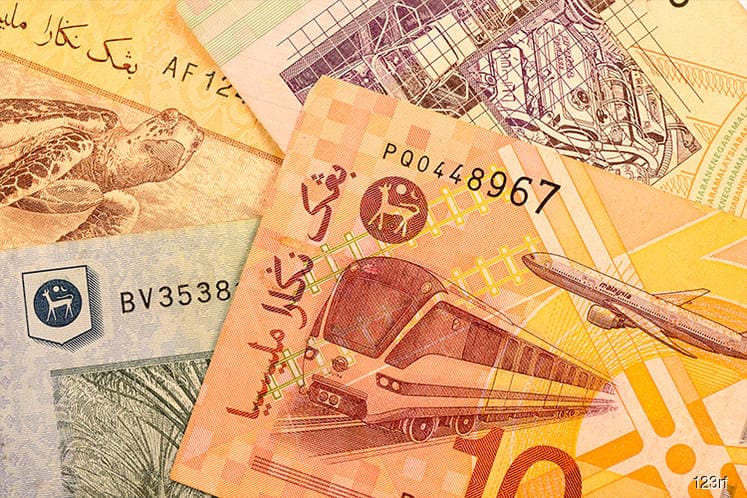
This article first appeared in The Edge Financial Daily on March 18, 2019
KUALA LUMPUR: As speculation is rife that the central bank may cut its overnight policy rate (OPR), the ringgit has come under pressure. The local currency had weakened to 4.0905 against the US dollar from 4.065 last month.
Economists are divided on the forecast of the ringgit this year. Some believe that the steady climb of crude oil prices would lend support to the ringgit given that Malaysia is an oil exporting nation. Others, who are concerned about the slow structural reforms so far, reckon that the ringgit may lose strength further.
Now that there is market talk of a possible rate cut, theoretically any rate cut will add downward pressure on the local currency as ringgit-denominated assets may not give an as attractive yield, ceteris paribus. However, economists believe the ringgit may depreciate sharply if other central banks are also mulling a rate cut.
“But it is rather difficult to actually deduce the impact of a rate cut [on ringgit], considering that it is in reference to the strength of the comparison currency,” said MIDF Research head of research Mohd Redza Abdul Rahman, who is projecting the ringgit to hit 4.00 against the US dollar by year end.
He elaborated that the rate hike last year that was expected to strengthen the ringgit, had instead depreciated simply because the US Federal Reserve then decided to raise interest rates to unwind the quantitative easing policy.
Nonetheless, Mohd Redza opined that so long as the positive benefits outweigh the negative impact on the value of the ringgit, the government could take some risks to do the rate cut.
Citing some positive benefits supporting the domestic growth, Mohd Redza said the government is still spending. “And with the government having reviewed the major infrastructure spending, this would mean that with the same amount of money budgeted for development expenditure, the government can spend the same amount of money for a higher number of projects,” Mohd Redza added.
Mohd Redza also pointed that the recovery of shipment of commodities has positively affected the net export numbers, albeit at a slowing pace of imports of capital goods.
Affin Hwang Investment Bank Bhd chief economist Alan Tan noted that the ringgit will continue to remain volatile. He is anticipating the ringgit to strengthen to the 4.00 level against the US dollar by end-June, and 3.90 towards the end of the year.
Besides, he noted that if the global economy is experiencing a slowdown, not only the ringgit but other regional currencies will be weakened alongside each other as regional central banks are expected to cut rates at the same time to spur domestic growth.
Hence, the ringgit would not look less attractive compared with other regional currencies relatively.
Meanwhile, UOB Malaysia senior economist Julia Goh noted that the ringgit weakness was also due to external factors, for instance weaker economic data from China and the US, push-back in signing of US–China deal, and dovish signals from major central banks.
Goh added that the brent crude oil price has risen to US$67 (RM274.06) per barrel which is ringgit-supportive. She is expecting the ringgit to weaken to 4.15 against the US dollar by mid-year and 4.18 at end year.